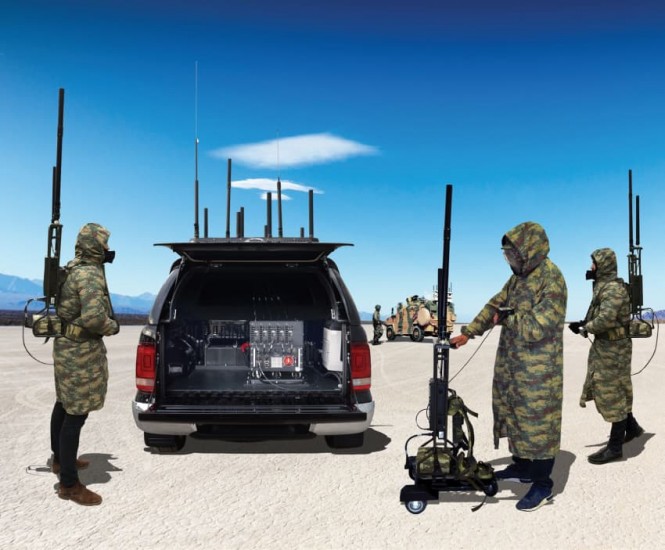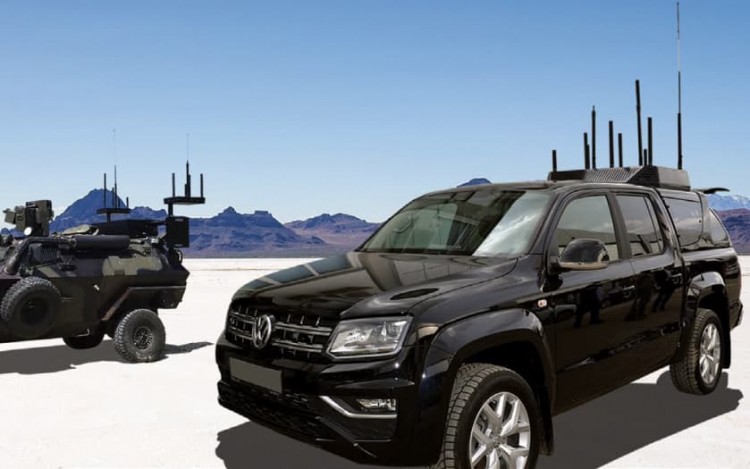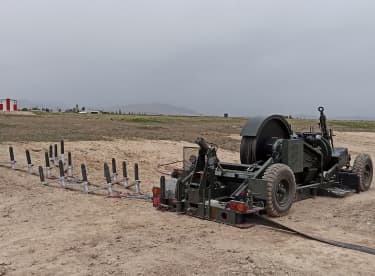
SDT operates in the defence sector, developing indigenous products and capabilities in R&D-based fields. Since 2005, it has delivered various defence electronics and software solutions. SDT’s expertise includes radar, infrared, and EW signal processing systems; image analysis software; satellite ground stations and data processing systems; avionics for air and land platforms; RF jammers; weapon guidance electronics; and simulation systems. Its Quality Management System is certified to AS 9100 Rev D, ISO 9001:2015, AQAP 2310/2210, CMMI-DEV and SPM Level 3, and complies with IEEE/EIA 12207, IEEE 1220, MIL-STD-498, MIL-STD-973, and ANSI/EIA-649.

The SDT ACMI System is an advanced simulation solution integrated as an external pod on F-16 and similar air platforms to support air-to-air and air-to-ground combat training. It features a high-speed, long-range RF data link enabling autonomous position generation, weapon simulation, and real-time hit/miss notifications. The system offers mission planning, live monitoring, debriefing, and analysis capabilities, providing realistic training in multi-threat environments. With encrypted communication, multi-participant support, and MIL-STD-1553 compatibility, it is fully suited for Live-Virtual-Constructive (LVC) training infrastructure.
Tactical Mobile Anti Drone Rifle system offers directional and Omni-directional solutions (selected by the operator) for pilot-controlled or autonomous GNSS-guided (waypoint) drone threats. The field proven ergonomic, modular and light-weight solution of the legacy RF Jammer system is customized for drone threats within this system. The scope on the rifle is used to aim to the threat and neutralize it with directional antenna system. For multiple drone threats or area protection, Omni-directional antenna system is used.

Manpack RF Jammer Systems provide protection to personnel against remote-controlled explosives. These systems create a protective shield through RF broadcasting and neutralize threats activated by radio, wireless telephones and wireless remote-controlled devices. Backpack-type RF Jammer Systems can be carried easily on the back and with the push-pull apparatus.
NAWAS is an interactive, multi-force, multi-resolution simulation system that models a naval wargame in sea, air and land warfare environments. Purposes of NAWAS are as follows: • To assess and increase mission effectiveness of combatant elements. • To provide an environment for assessing current plans. • To enable realistic and cost-effective training for well-trained high power forces. NAWAS can be used in various areas such as strategy development, operational and tactical trainings, simulation based acquisition and naval education. It can be used by different user types although it was developed for naval ship commanders primarily.

Vehicle-type RF Jammer Systems provide protection to VIPs and convoys against remote-controlled explosives. These systems create a protective shield through RF broadcasting and neutralize threats activated by radio, mobile phones and wireless remote-controlled devices. Vehicle-type RF Jammer Systems can be easily integrated aboard all kinds of vehicles, and allows for reprogramming against changing situations.
Battlefield Simulator provides a training environment that combines real-world conditions with advanced simulation capabilities, tailored to user requirements. Its primary goal is to enhance training performance. The simulation area includes a visual system, motion tracking, 20 different real and simulated weapons, 13 types of simulated binoculars, and a moving platform. Designed to support up to 16 trainees simultaneously using 32 weapons and 10 binoculars, it offers over 100 scenarios. Instructors can create and edit scenarios, use playback, assess performance, and analyze statistics, either individually or in teams. The system also integrates seamlessly with other simulators via its HLA infrastructure.

These systems are critical for pilot and aircraft safety, enabling the safe capture and controlled stop of aircraft during emergency landings or aborted takeoffs at airbases. They can stop various aircraft configurations (F-4, F-16, F-35, etc.) with speeds up to 190 knots and weights between 10,000 and 100,000 lbs. The system activates automatically during aircraft entry when operational and functions in all weather conditions between -40⁰C and +50⁰C. It has the capacity to stop up to six aircraft per hour. There are three types of Aircraft Arresting Systems: Fixed Hook AAS, Net-Type AAS, and Mobile AAS.